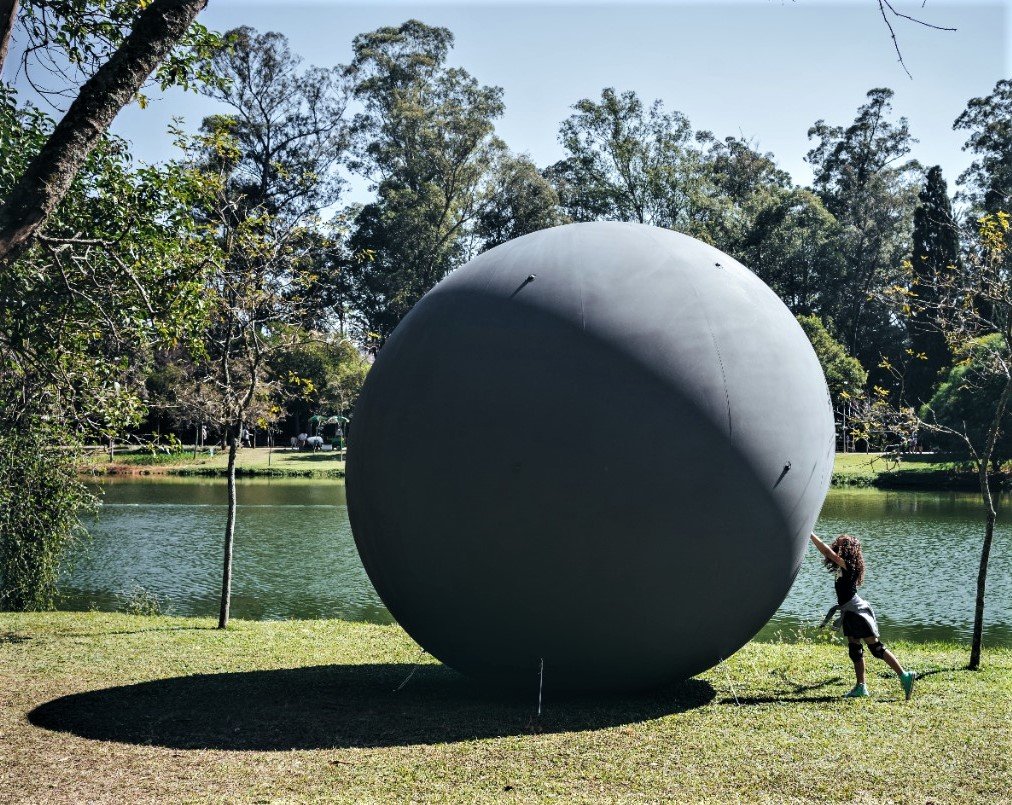Our changing climate
Melting ice and rising seas. This is a picture of pre-industrial era ice, extracted for the COP26 Climate Conference in Glasgow in October 2021, and symbolically melted down over two weeks. Get two shallow plastic containers and put something small and heavy in each (like a tin of fish - make sure they are both the same size). Label one container Arctic and pour a cup of water mixed with 3 crushed ice cubes into the container up to 1cm below the surface of the tin. Label the other Antarctic, pour water in up to 1cm below the top of the tin, and pop 3 ice cubes on top of the tin. Watch what happens when the ice melts. While the melting of Antarctic ice contributes more to rising sea levels, the loss in either region results in habitat loss for precious species.
Poo as fuel. We're lucky enough to live where you can find dollops of horse poo on quiet roads, and to have a garden for a modest burning session. We dried ours out on newspaper in the sun for 2 weeks, crumbled it up (wear gloves), then had a modest fire. Absolutely no smell. Then you can have a fireside chat about different sources of fuel and how clever it is to use an unavoidable waste material like poo. In fact, poo has many uses - look them up! Toast some marshmallows too, of course.
Measuring the impacts of climate change. Is your child a budding scientist? Introduce them to citizen science - the power of non-scientist citizens to contribute to very important research, in the process teaching children all about their own agency. Throughout the year you can join in with the Big Seaweed Search, which looks at how the distribution of different types of seaweed is being impacted by rising sea temperatures and ocean acidification - both caused by climate change. Sign up on the Natural History Museum's website. Older children interested in history can get involved in lifting out weather data from 19th and 20th century naval and whaling shipping logs, contributing to data sets on how our weather is changing.
Visualizing local air quality. Air pollution, represented in this picture by a giant grey ball, is invisible and especially nasty for our children's health: asthma, coughing, tiredness, eye irritation and development problems. 93% of the world's children are breathing polluted air (more info about the Parents for Future campaign here) and much of it comes from the burning of fossil fuels - which is also changing our climate. If you hang an old (white) pillow case out of one of your windows, see how long it takes for it to change colour. You could write 'Clean Air For All' on the pillow case to show others what you're doing, then sign the British Lung Foundation's clean air petition. For lots of practical action points, check out Global Action Plan's resources and you can work out your own Air Pollution Footprint here.
Analyse local air quality. You don’t need an air pollution monitor to do this. Download the 'Lichen Bio-Indicator Observation' pdf from Global Action Plan’s KS1 Resources and go lichen hunting in your local area! If the results suggest poor air quality, see if your child would like to write to your local newspaper with the your findings and explain why you’re concerned. You can also write to your local Member of Parliament.
Pee in the bath. Grown-ups can do it in the shower and let the kids do it in the bath. Go on, tell them to do it - it's sterile anyway. And here's the bonus; you'll be saving water. Flushing wee away with clean water, which takes energy to clean and then energy to pump back up to your house, has a carbon footprint (and we know that greenhouse gases, including CO2, are trapping heat in the atmosphere and melting the ice...). Explain to your child that it's wasteful. Leaving wee unflushed is also a daytime option for those still working from/ playing at home. You can read here why you and your child will be super heroes for valuing water.
Make a pinwheel! Simples. Out of anything lightweight and if waterproof, like this crisp packet, you don't have to remember to bring it inside. Nice intro to harnessing the power of the wind. Step-by-step guide here.







